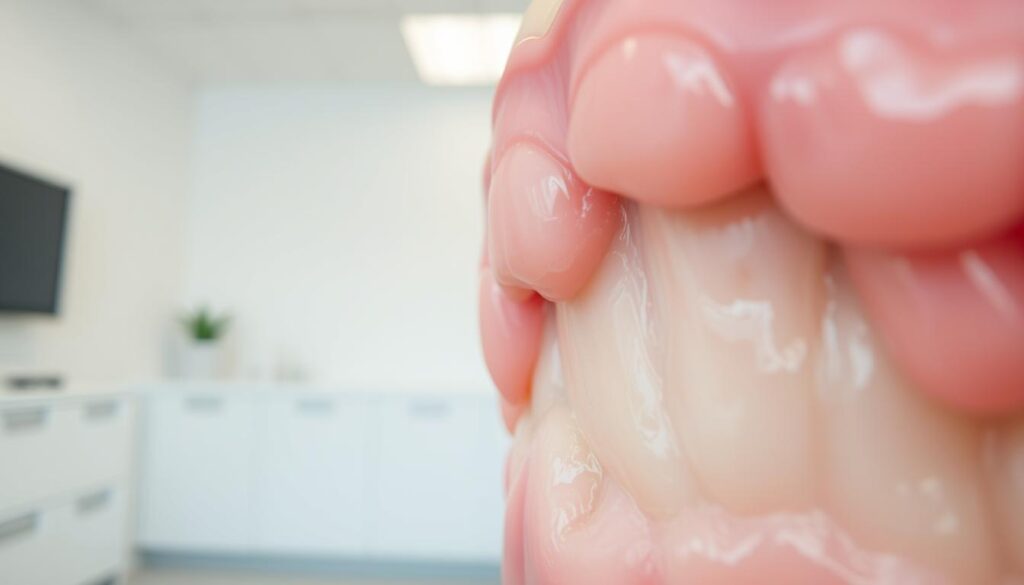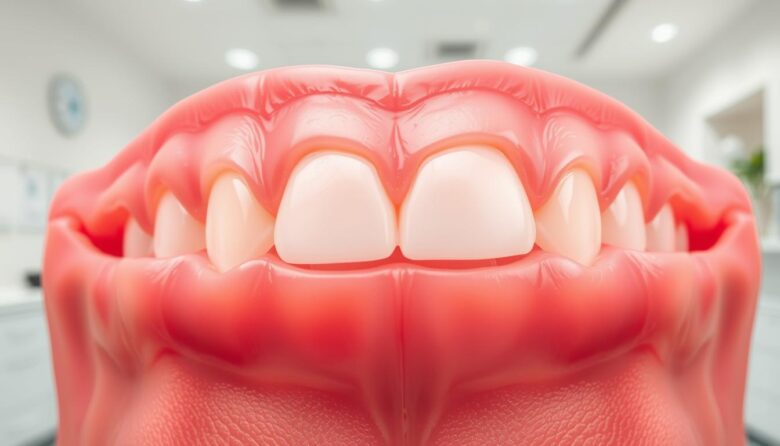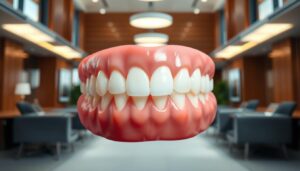Gum health plays a vital role in maintaining overall oral health. The color of the tissue around your teeth can reveal early signs of potential issues, such as inflammation or infection. Typically, firm and pink tissue is a sign of good oral hygiene. However, variations in skin tone and ethnicity can influence what is considered normal.
Changes in gum color, such as redness, whiteness, or a bluish tint, often indicate underlying problems. For example, red or swollen tissue may point to gingivitis, an early stage of gum disease. While these changes are often painless, they should not be ignored. Regular brushing, flossing, and dental checkups are essential for preventing complications.
Monitoring gum color and maintaining a consistent oral care routine can help detect issues early. This proactive approach ensures better long-term health for your teeth and mouth.
The Significance of Gum Color in Oral Health
The shade of your gum tissue can reveal much about your oral and overall well-being. Typically, pink and firm tissue is a sign of good health. However, changes in color can signal underlying issues that require attention.
Role of Gum Color in Overall Oral Health
Healthy gum tissue is usually pink and firm. This indicates that plaque and tartar are not damaging the gum line. When the tissue becomes red, swollen, or pale, it often points to inflammation or infection. For example, gingivitis, an early stage of gum disease, often causes redness and swelling.
Regular brushing and flossing help maintain the natural color of the tissue. Routine dental visits also play a crucial role in preventing issues. Early detection of changes in gum color can prevent more serious conditions like periodontitis.
Impact on Systemic Wellness
Unhealthy gum colors can reflect broader systemic conditions. For instance, pale tissue may indicate anemia, while red or swollen tissue could be linked to heart disease or diabetes.
“The mouth is a mirror of the body, and gum health often reflects overall health.”
Maintaining proper oral hygiene is essential. Brushing twice a day, flossing daily, and scheduling regular dental appointments can help keep the tissue healthy. Small changes in color can be the first sign of larger health issues, making routine care vital.
- Pink, firm tissue is a sign of good health.
- Red or swollen tissue may indicate gingivitis.
- Pale tissue can signal systemic conditions like anemia.
- Regular dental care helps maintain healthy gum tissue.
Identifying Healthy Gums Color Importance
The appearance of your gum tissue can provide early clues about your oral condition. While pink and firm tissue is often considered normal, variations exist due to factors like ethnicity and skin tone. Recognizing these differences is crucial for identifying potential issues early.

Normal Pink Tissue and Ethnic Variations
Healthy gum tissue is typically pink, but it may appear darker or reddish in individuals with darker skin tones. This variation is due to higher melanin levels and is completely normal. Understanding these differences helps distinguish between natural appearances and signs of concern.
Early Signs of Inflammation and Gingivitis
Changes in gum tissue, such as redness, swelling, or bleeding during brushing, often indicate inflammation or early-stage gingivitis. These symptoms, though sometimes mild, should not be ignored. Early detection can prevent progression to more severe conditions like periodontitis.
“Monitoring your gum tissue’s appearance is a simple yet effective way to catch problems before they escalate.”
Routine Care and Monitoring Changes
Regular oral hygiene practices, including brushing twice a day and flossing, are essential for maintaining healthy gum tissue. Routine dental checkups allow professionals to detect subtle changes that may indicate underlying issues. Here are some practical tips for monitoring at home:
- Check for consistent pink or reddish tones, depending on your skin tone.
- Look out for swelling, redness, or bleeding during brushing.
- Note any changes in texture, such as puffiness or tenderness.
By staying vigilant and maintaining a consistent care routine, you can ensure your gum tissue remains healthy and free from disease.
Common Changes in Gum Color and What They Mean
Changes in gum tissue color often indicate potential oral health concerns. While pink tissue is a sign of good health, variations like red, yellow, or unusual tones can signal underlying issues. Recognizing these changes early can help prevent more serious conditions.
Understanding Red, Yellow, and Unusual Tones
Red gum tissue is often a sign of inflammation or gingivitis, an early stage of gum disease. This condition is usually caused by plaque buildup and poor oral hygiene. If left untreated, it can progress to periodontitis, a more severe form of gum disease.
Yellow tones may indicate plaque or tartar accumulation. This can lead to infection and further complications if not addressed promptly. In some cases, medications or systemic conditions can also cause discoloration.
Unusual tones, such as black or dark brown, can result from severe infection, tobacco use, or certain medications. These changes should not be ignored, as they may indicate advanced gum disease or other health issues.
When to Seek Professional Dental Care
If you notice persistent changes in gum tissue color, it’s important to schedule a dental visit. Early intervention can prevent complications like tooth loss or bone damage. Professional dental care includes treatments like scaling, root planing, or, in advanced cases, gum grafting.
“Ignoring changes in gum tissue color can lead to serious oral and overall health problems.”
Here are some signs that warrant a professional evaluation:
- Red, swollen, or bleeding gum tissue
- Yellow or white patches on the gum line
- Dark or black discoloration
- Persistent bad breath or discomfort
Maintaining regular dental appointments and practicing good oral hygiene are key to preventing and addressing these issues. Early detection and treatment can save your smile and protect your overall health.
Conclusion
Maintaining the condition of your gum tissue is key to preventing oral issues. Recognizing changes in its appearance can help detect early signs of gum disease, such as gingivitis or periodontitis. Regular brushing, flossing, and dental checkups are essential for keeping your mouth in good shape.
Monitoring your gum tissue regularly allows you to spot unusual changes quickly. If you notice redness, swelling, or other abnormalities, seek professional advice promptly. Early treatment can prevent more serious problems like tooth loss or advanced gum disease.
Remember, a healthy mouth starts with well-maintained gum tissue. Schedule regular dental visits and stay proactive about your oral care routine. Taking these steps ensures your smile stays bright and your overall health remains strong.




